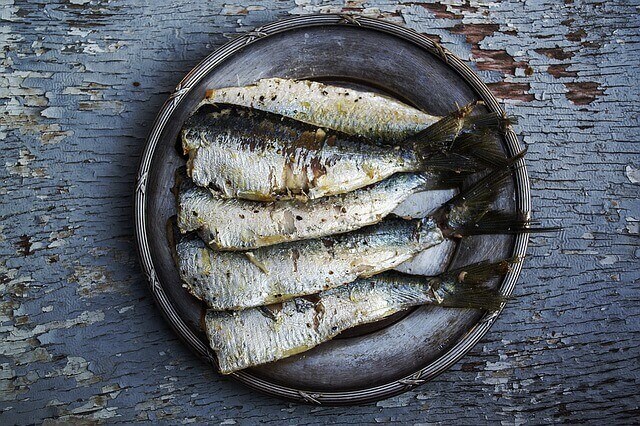What is Vitamin D?
Vitamin D is not a vitamin. They are liposoluble pro-hormones, in other words, precursors of hormones that have little activity of their own. Two forms of vitamin D are important to humans: vitamin D2, or ergocalciferol, and vitamin D3, or cholecalciferol. Vitamin D2 is naturally synthesized by plants. Vitamin D3 is synthesized by the body when the skin is exposed to ultraviolet radiation (mainly UV-b rays) from sunlight. Both vitamin D2 and D3 are also produced chemically by industry and used as supplements.
Both vitamin D2 and vitamin D3 are converted in the body to the active form of vitamin D.
Vitamin D3
- D3 (cholecalciferol) is called “solar” because it is formed in the skin through exposure to ultraviolet light. To do this, children and adults should be in the sun for about 15-30 minutes several times a week. However, the intensive production of vitamin D occurs during unhealthy hours – from 11.00 to 14.00, when the skin needs protection.
- Vitamin D3 is abundant in oily fish (sardines, sardines, sardines, etc.), and the body is deficient in vitamin D3 due to insufficient intake from the diet and insufficient exposure to sunlight. , Osteoporosis, osteomalacia, rickets, etc. increase the risk of occurrence.
- Also, the natural absorption of the vitamin decreases over the years, and people with dark skin absorb it more slowly. Sunscreens and unfavorable ecology, such as air pollution, become negative moments for the perception of beneficial sunlight. Therefore, even in the summer months, not always and not everyone can stock up on cholecalciferol.

Vitamin D2
- D2 (ergocalciferol) enters the body along with the usual food. However, not many animal foods are known to be fortified with vitamin D: fatty fish (herring, sardines, salmon, mackerel, tuna, halibut), lamb, eggs (yolk), butter, cream, sour cream, hard cheese, beef liver, seafood, cod liver, red caviar, fish oil. In a limited amount, the vitamin is present in plant foods: chanterelle mushrooms, oatmeal, potatoes, oranges, parsley, broccoli, nuts, vegetable oils.
Vitamin D is involved in several processes essential for good health.
- Improves muscle strength.
- Strengthens the immune system.
- It helps to prevent inflammation.
- It promotes the absorption of calcium from the small intestine.
- It helps maintain adequate blood calcium and phosphate levels, which are essential for bone formation, composition, growth, and repair.
When vitamin D is deficient
A lack of vitamin D tends to weaken bones and muscles. Of particular note are the elderly, obese, and women who have passed the menopause.
After menopause, female hormone production is reduced and the risk of osteoporosis is increased. When bones become brittle due to osteoporosis, the risk of falls and fractures increases, which may lead to the need for long-term care such as bedridden. Take Vitamin D to strengthen your bones and muscles and help prevent falls.
In winter, when the daylight hours are short, the concentration of vitamin D in the blood is also low, which coincides with the influenza epidemic season. Our research shows that taking vitamin D reduces the prevalence of influenza. Store vitamin D by sunbathing or eating before the epidemic to prevent influenza.
What foods can I get vitamin D from?
Foods that naturally contain vitamin D are very limited. Most of the vitamin D in the American diet comes from fortified foods.
- Fatty fish such as salmon, tuna, and mackerel are the best sources of vitamin D.
Beef liver, cheese, and egg yolk contain small amounts of vitamin D. - Mushrooms also contain vitamin D. Recently, mushrooms with increased vitamin D content when exposed to ultraviolet light are also on sale.
- Most milk in the United States is fortified with 400 IU of vitamin D per quart (= 0.946 liters). However, foods made from milk, such as cheese and ice cream, are generally not fortified.
- Vitamin D is added to many breakfast cereals, some brands of orange juice, yogurt, margarine, and soy milk. You can check it on each product label.
